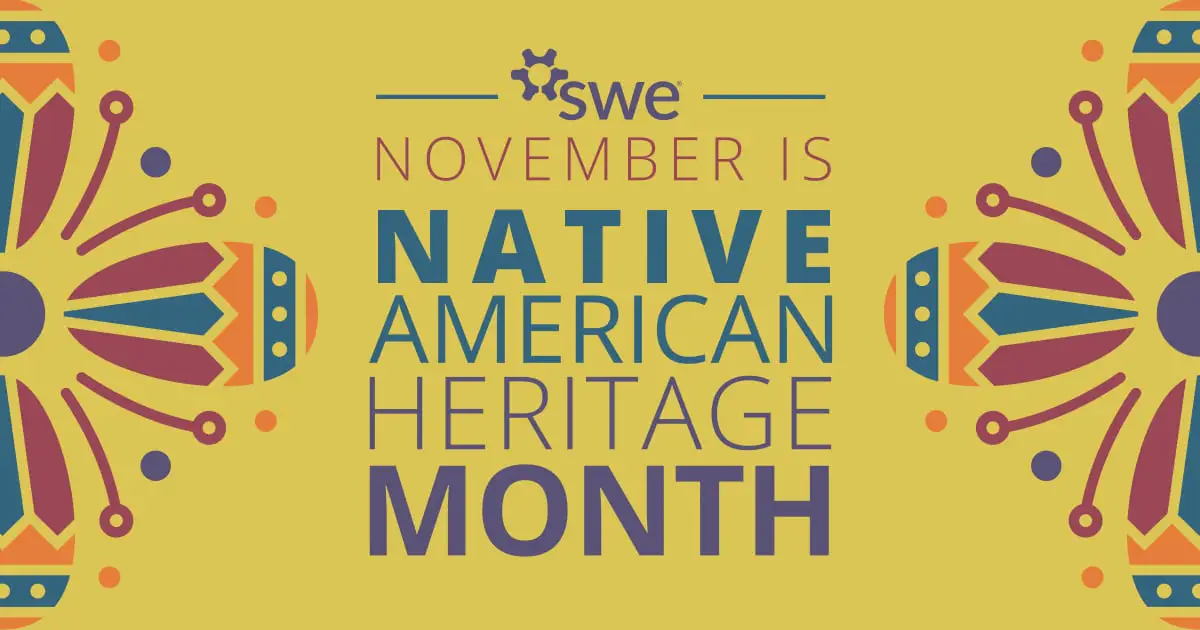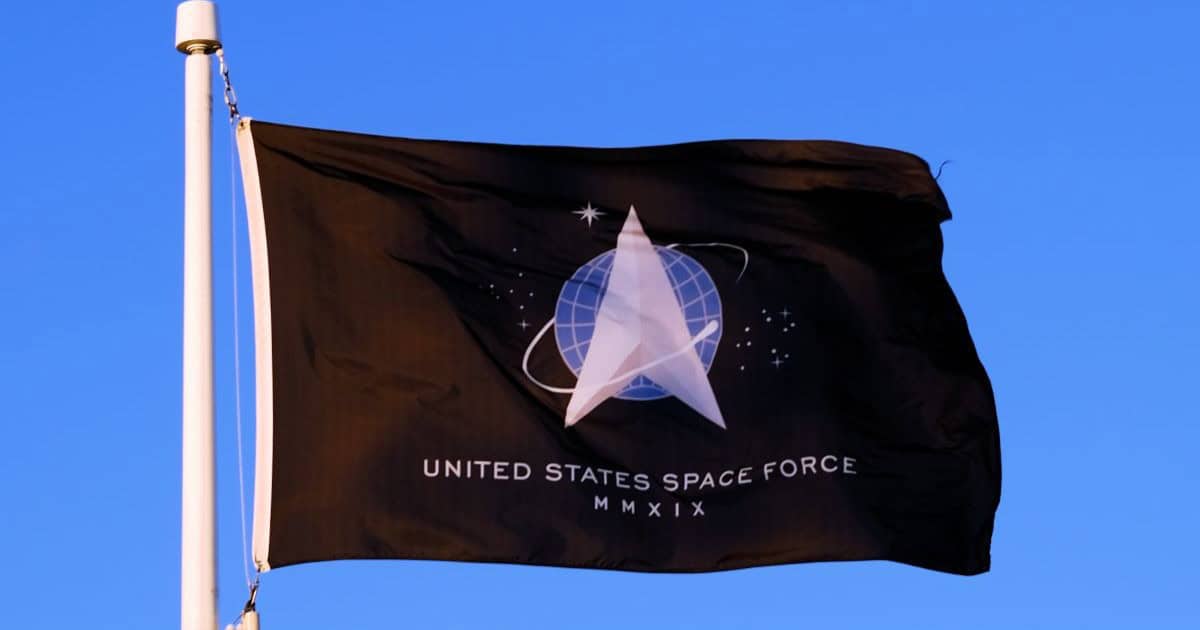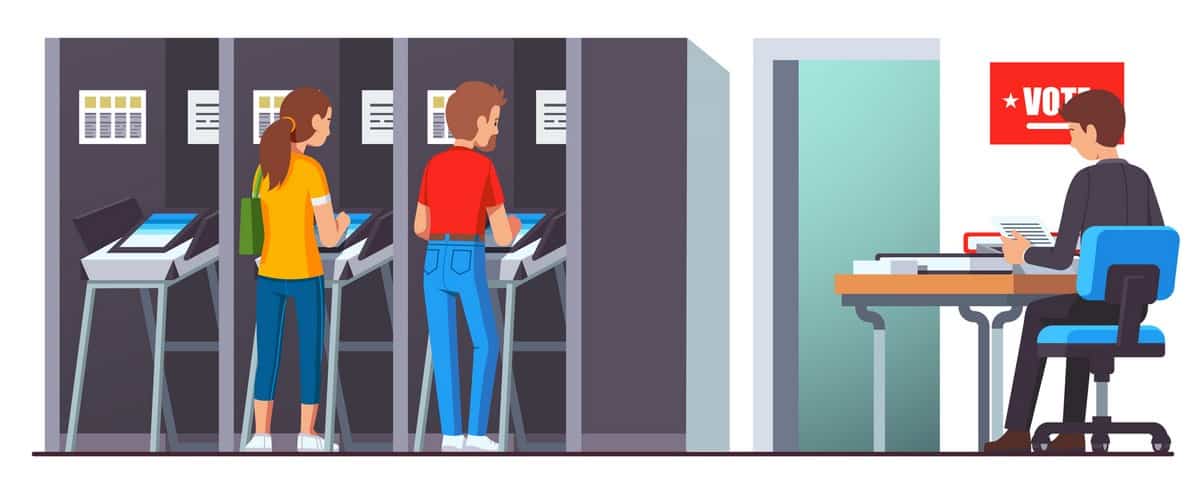Donations Make us online
In his “State of the City” address on Tuesday, Seattle Mayor Bruce Harrell said the word “downtown” more than 30 times and dedicated a quarter of his annual speech to revitalizing the city’s core.
“We must ensure downtown is once again a destination where people want to be,” Harrell said.
But how exactly that happens remains to be seen.
Seattle and other U.S. cities are struggling with the pandemic-driven rise of hybrid work and ongoing safety concerns.
- A recent analysis ranked Seattle No. 27 in a list of 31 large cities measured by economic and social activity downtown compared to pre-pandemic levels.
- Tourism activity has rebounded and more residents (100,000+) are living downtown than before the pandemic, but the percentage of 2019 worker foot traffic in downtown Seattle compared to 2022 remains less than 40%, according to JLL.
- Office vacancy rates continue to rise near 20% and only a “trickle” of tech tenants signed new leases downtown in the fourth quarter of last year, according to CBRE, while some companies are ditching office space.
- A survey last year from Gensler showed that 61% of residents in Seattle said they were likely to move out — the highest among any U.S. city.
Many leaders agree that something needs to change. So how does Seattle reimagine its downtown?
“It’s such a good question,” said urbanist Richard Florida. “And it’s such a difficult question.”

Amazon, the region’s largest employer, provided optimism for city leaders and small businesses last week when it told employees to get back in the office.
But that alone won’t help Seattle “write a new playbook for this country for what a downtown neighborhood should be,” as Harrell said Tuesday, or sufficiently ease concerns the mayor expressed at the GeekWire Summit in October about potential tax revenue loss.
There are some examples of success. New York City transformed lower Manhattan into a 24-7 community with more residents and a larger retail scene after 9/11.
But taking a great idea from somewhere else “without setting it for local appropriateness,” is not the way to go, said Chuck Wolfe, a multinational urbanism consultant and affiliate professor at the University of Washington.
“People need to think critically about Seattle’s strengths and Seattle’s natural affinities,” Wolfe said.
GeekWire reached out to leaders in Seattle across various industries and asked them about how to make downtown Seattle a more vibrant place. Here’s what they offered.
Make it safer

“We continue to hear from our employees and neighbors that public safety is a top concern. While Mayor Harrell has made progress, the problems facing downtown predate his term and will take time to fix. The city needs to prioritize making downtown safer for the community and welcoming for visitors, and we are willing to partner with the mayor and other community organizations on this effort.”
– John Schoettler, vice president of Global Real Estate and Facilities at Amazon
Make it more affordable

“Downtown is the beating heart of our city and I believe a safe, affordable home is the foundation for individual health and thriving communities. We need more homes of all types, especially affordable homes. We must change our city’s framework for growth—to allow abundant and affordable homes, and truly become the welcoming, equitable city we aspire to be.”
— Patience Malaba, executive director at the Housing Development Consortium
“The people who always rebuild cities in crisis are artists and musicians and creatives. Maybe the opportunity here is to bring them back, the folks who were priced out of Seattle during the great boom times. Seattle has an opportunity to get back to its roots and develop a downtown which is not just for techies and finance people and rich people. It becomes a place where artistic and creative people and families can live.”
— Richard Florida, urbanist, researcher, professor
Bring people back (and the Sonics)

“We need to bring people back to our city by: making Seattle a center for arts, entertainment, and sports (including bringing back the Sonics); creating a more walkable downtown by better connecting our iconic destinations like the waterfront, Seattle Center, and sports stadiums through open spaces and greenways; adding a university campus; creating more housing, restaurants, and retail; making downtown clean, safe, and inviting.”
— Former Washington Gov. Christine Gregoire, CEO of Challenge Seattle
Increase childcare options

“Childcare — both cost and access — is a huge hurdle for families. Nothing would bring workers back to the office faster, or create more new jobs downtown, than requiring corporations and firms who own or occupy large office buildings to set aside space for childcare — and make it free.”
— Nick Hanauer, venture capitalist and founder of Civic Ventures
Think big on outdoor spaces

“If the pandemic taught us anything, it’s the power of being outdoors and making use of outdoor spaces in new and interesting ways. An urban design investigation I began years ago feels especially relevant now, because even a thriving city has a glaring underutilized space — its rooftops. What if we could activate rooftops by adding urban agriculture, renewable energy harvesting, outdoor schools and interconnected urban parks?”
— Alan Maskin, principal/owner, Olson Kundig
Make it more walkable

“I would like to see downtown become walkable, 24/7. To make this happen we need bright streetlights, a visible security presence, and, most importantly homes for everyone that currently resides on the walkways. We have to make a commitment as a city to house everyone. Everyone. As business leaders we will see the benefits of this investment immediately in the form of employees coming back to work, customers frequenting retail and service footprints, and a general rise in quality of life for all.”
— Ambika Singh, CEO of Seattle clothing startup Armoire
“I’d ensure downtown Seattle is the best urban pedestrian experience in the nation. We should enhance investment in programs like the Metropolitan Improvement District that clean downtown, help people in need and make our parks and public spaces safe and inviting, improve safety and security and remake Third Avenue.”
— Jon Scholes, president and CEO, Downtown Seattle Association
Convert offices to housing or mixed use

“There is still an appeal for Class A office space. But the Class B and Class C spaces are really struggling. So I think it’s us looking at that inventory, collectively, to figure out how we can do an adaptive reuse of those buildings, whether it’s for housing or a mixed-use setting, to get people back into the downtown area. We’re finding that some cities are now stepping in and helping remove barriers for some of these conversions. That’s going to get people living downtown, which will help create that richness and vibrancy.”
— Karen Thomas, regional managing principal for Gensler
Go 24/7

“…A linear arts-entertainment-culture district that connects downtown with multiple neighborhoods or identifying a 24/7 street, a stretch of several blocks where you can find a restaurant, bar, grocery, or your favorite clothing boutique at any hour of the day.”
— Seattle Mayor Bruce Harrell
Add arts

“With so many empty buildings downtown, I want support for short-term or long-term activations of inclusive arts events. They would help keep vibrancy within the city, help Seattle regain the culture it is at risk of losing, and offer mechanisms to address public safety concerns through community-building rather than isolation.”
— Vee Hua, journalist, filmmaker and organizer
Stay positive

“My magic wand would be for our community to focus on all the positive things happening in Seattle. Examples include: The Summit at the Convention Center, 90,000 residents living downtown, the arts community attracting hundreds of thousands of people after 5 p.m., and 1.3 million cruise passengers projected this year. All are positive elements of downtown that need more recognition.”
— John Oppenheimer, CEO of Columbia Hospitality
Source link






Leave a Reply